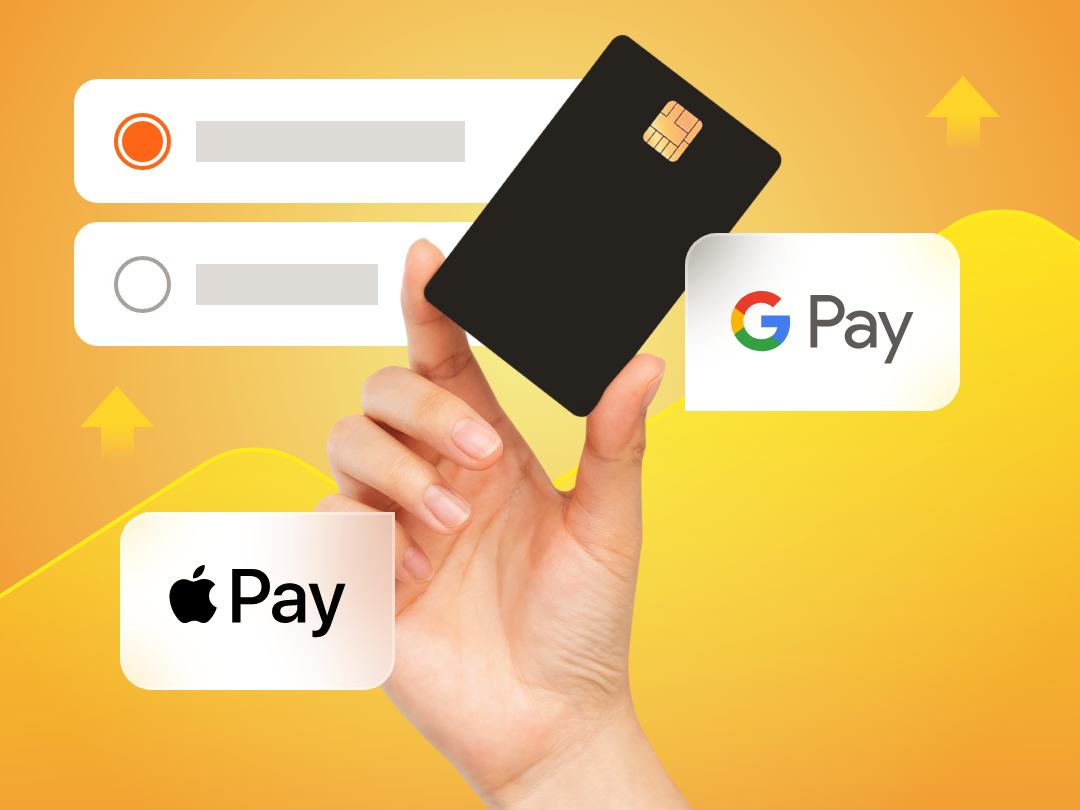The checkout process is a critical moment—it determines whether a customer completes their purchase or abandons it for a competitor. It’s not just a technical feature, but a matter of trust, speed, and user satisfaction. Why does a well-designed payment process matter, how can you improve it, and what do the numbers say? We break it down below.
Why do payments matter?
According to surveys, up to 20% of shoppers abandon their cart if they can’t pay the way they want. And if the payment process itself is too complicated? The chance of conversion drops even further.
On the flip side, online stores that offer modern payment options—like Apple Pay—report sales increases of up to 200% in some cases. Why? Because the rule is simple: the easier the checkout, the fewer abandoned carts—and the more revenue for your store.
Experts say that a high-quality payment experience can boost conversions by 15–20%. Imagine getting 1,100 orders a month instead of 1,000—without spending a single extra euro on marketing.
How to optimize payments to boost revenue
These tried-and-tested tips are based on real-life experience. They’re simple to implement and can help your online store increase its bottom line.
1. Support Apple Pay – not just on mobile
70% of people consider Apple Pay more secure than manually entering card details. And it works across devices—iPhone, MacBook, or iPad—making it a versatile option for seamless checkout.
It boasts a 99% transaction completion rate, as it auto-fills billing info stored on the user’s device. All they need to do is confirm with Face ID or Touch ID.
Check your analytics—if you have a significant number of Apple users, adding Apple Pay could noticeably increase conversions.
2. Reorder payment options based on preference
Use your data to display the most popular payment methods first. Show them early—ideally in the cart—and make sure the top options are easily accessible.
Cards, cash-on-delivery, and bank transfers aren’t enough anymore. Shoppers expect fast, convenient options—and one-click payments make all the difference. A small UX tweak that can deliver a big return.
3. Don’t force customers to create an account
Mandatory sign-ups increase drop-offs. Stores that allow guest checkout report up to 30% fewer abandoned carts. Let customers pay first—offer registration as an optional step.
4. Add buttons for local banks
In Slovakia, many shoppers use mobile banking from local banks like Tatra banka or VÚB. In Poland, stores that added local bank buttons saw a 20% sales increase. You don’t have to change your entire payment system—just integrate local providers.
5. Highlight familiar payment options
When customers see trusted logos—like Visa, Mastercard, or PayPal—they feel safer. It builds trust and increases the likelihood they’ll complete their order.
That’s why many successful online stores display these logos clearly at the start of the checkout process. Familiarity breeds confidence.
6. Update your payment page design
A cluttered or outdated payment page drives people away. Upgrading to a modern gateway like Stripe can boost conversions by up to 25%.
Modern gateways also use transactional risk analysis—which can skip two-factor authentication (3DS) for safe customers, saving time and reducing friction. Walk through your own checkout process—if it feels clunky, it’s time for a refresh.
7. Let customers update their cart during checkout
Sometimes shoppers need to tweak their order last minute. If they can’t, frustration may lead to an abandoned cart. Allowing real-time edits during checkout improves the customer experience and keeps sales on track.
8. Check your payment speed
If your gateway is embedded, make sure it loads fast—3 seconds or less. Every second counts: a 1-second delay can reduce conversions by up to 20%.
Use tools like PageSpeed Insights to diagnose slowdowns, and ask your hosting provider for help optimizing load times.
If you’re redirecting to an external provider, make sure it’s a trusted one with minimal loading delays.
A smooth and trustworthy experience significantly boosts conversion rates.
9. Offer card-saving and QR payments
Returning customers don’t want to retype their details. Big names like Amazon use saved card info to encourage repeat purchases.
Enable card saving for future use and consider adding QR code payments (e.g., Pay by Square). It’s a fast, secure method that appeals to tech-savvy users—and most gateways support it.
10. Show how close customers are to a reward
Progress bars or dynamic messages during checkout help guide users and encourage them to complete their purchase.
Let them see how close they are to unlocking a reward—like free shipping or a gift. Many stores use this tactic to increase average order value. A small visual cue with a big potential impact.
The bottom line? More money in your store’s pocket
A well-optimized checkout doesn’t just improve the customer journey—it builds trust, reduces drop-offs, and increases sales. The best online stores never stop refining their checkout process. A small improvement today could lead to a major uplift in conversions tomorrow.
Discover more insights, tips, and tricks for your online store in the ecommerce category on our blog
Sources:
- Baymard Institute (2023): https://baymard.com/research/checkout-usability
- Stripe (2023): https://stripe.com/reports/global-payments
- Nielsen Norman Group (2021): https://www.nngroup.com/articles/ecommerce-ux/
- PWC (2023): https://www.pwc.com/gx/en/industries/financial-services/assets/pdf/pwc-payments-survey.pdf
- Adyen (2022): https://www.adyen.com/knowledge-hub/cee-payment-trends
- Shopify (2023): https://www.shopify.com/research/checkout-optimization
- Google (2017): https://www.thinkwithgoogle.com/intl/en-154/marketing-strategies/app-and-mobile/mobile-page-speed-new-industry-benchmarks/
- Statista (2024): https://www.statista.com/statistics/244118/share-of-global-population-using-mobile-payment/
- Ecommerce Bridge (2024): https://www.youtube.com/watch?v=peuiVx4l7R4







